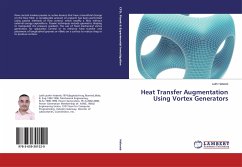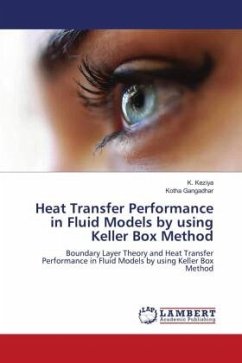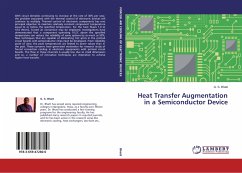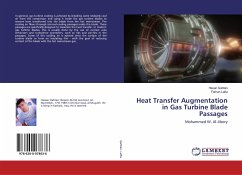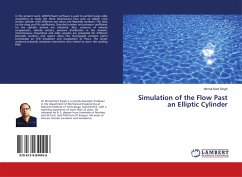
Heat Transfer Augmentation Using Longitudinal Vortex Generators
Versandkostenfrei!
Versandfertig in 6-10 Tagen
27,99 €
inkl. MwSt.

PAYBACK Punkte
14 °P sammeln!
Longitudinal vortex generator is a kind of passive heat transfer enhancing device which is attached to the duct walls or fin surfaces and protrudes into the flow at an angle of attack to the flow direction. The basic principle of longitudinal vortex generators (LVGs) is to induce secondary flow, particularly longitudinal vortices, which disturb or cut off the thermal boundary layer developed along the wall and remove the heat from the wall to the core of the flow by means of large-scale turbulence. The placement of ribs/baffles in the cooling channels or channel heat exchangers is one of the c...
Longitudinal vortex generator is a kind of passive heat transfer enhancing device which is attached to the duct walls or fin surfaces and protrudes into the flow at an angle of attack to the flow direction. The basic principle of longitudinal vortex generators (LVGs) is to induce secondary flow, particularly longitudinal vortices, which disturb or cut off the thermal boundary layer developed along the wall and remove the heat from the wall to the core of the flow by means of large-scale turbulence. The placement of ribs/baffles in the cooling channels or channel heat exchangers is one of the commonly used passive heat transfer enhancement technique in single-phase internal flows. This monograph contains expert knowledge on heat transfer augmentation using LVGs. The target audience primarily comprises researchers who intend to enter this exciting field.



